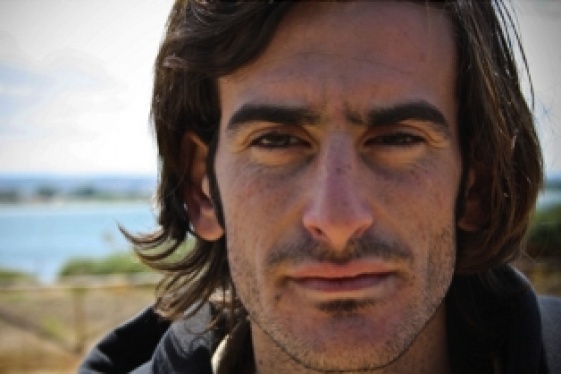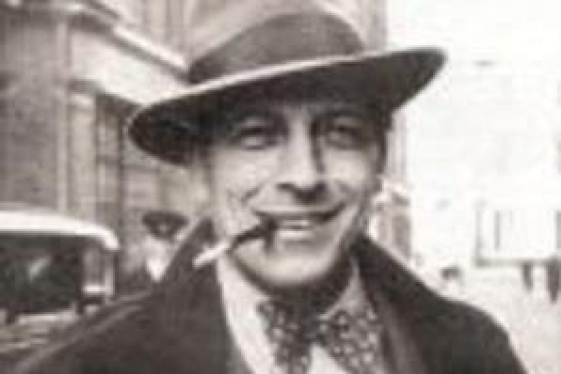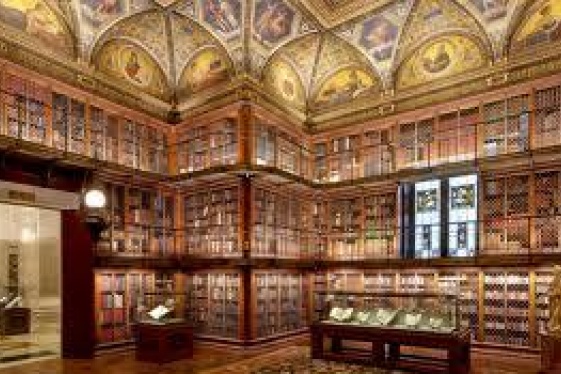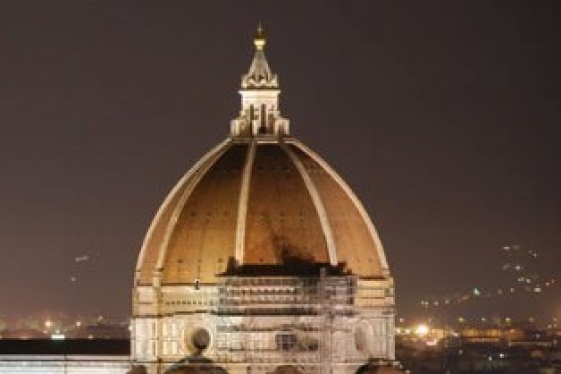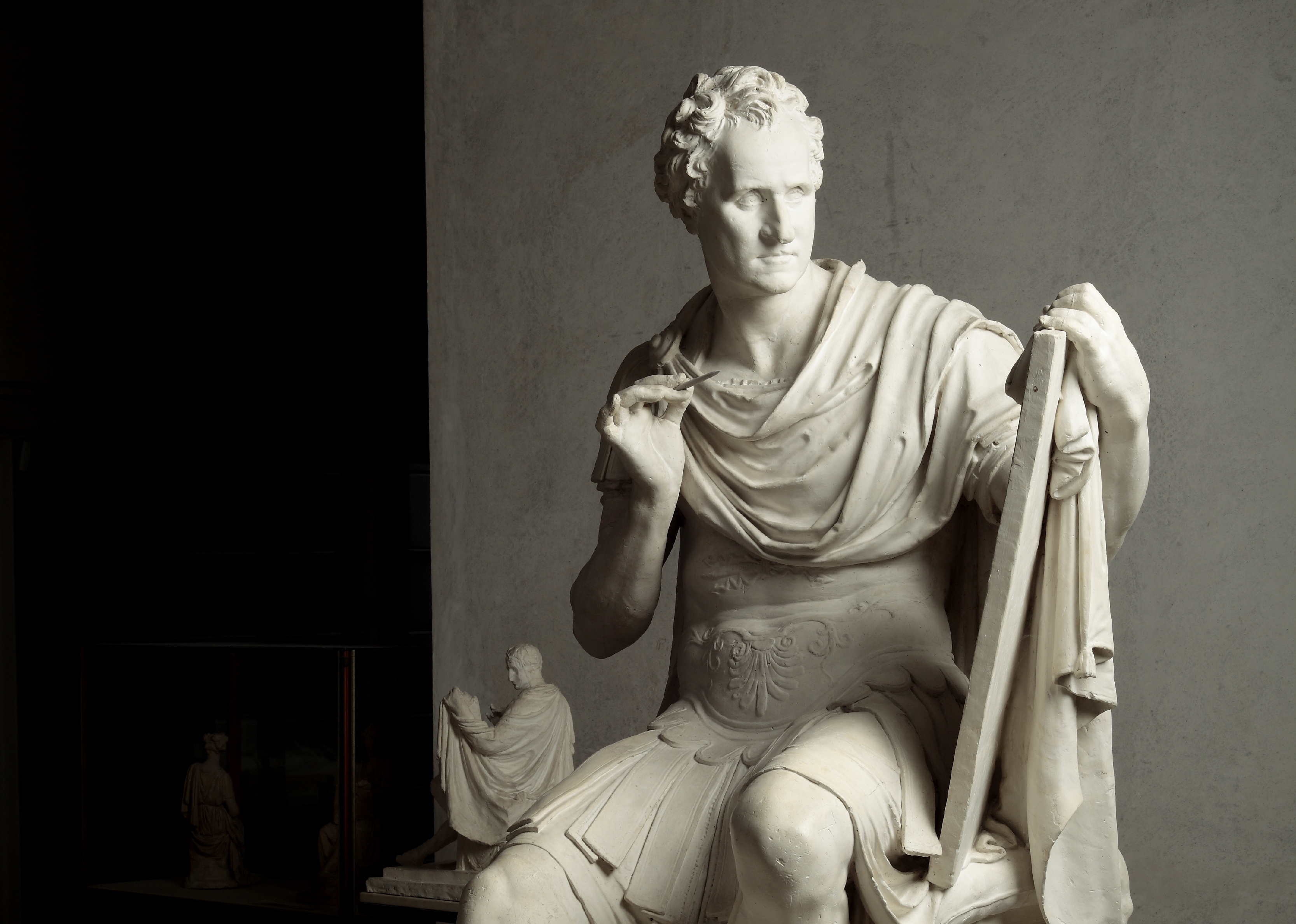
Canova’s George Washington Exhibition to Address Canova’s Only Work Created for America

Canova’s George Washington. Exhibition to Address Canova’s Only Work Created for America. The Frick Collection - 1 East 70th Street - New York, NY 10021. May 23, 2018 through September 23, 2018. Gypsotheca e Museo Antonio Canova - Possagno, Italy - November 10, 2018 through April 22, 2019
In 1816, the North Carolina State House in Raleigh commissioned a fulllength statue of George Washington to stand in the hall of the State Senate. Thomas Jefferson, believing that no American sculptor was up to the task, recommended Antonio Canova (1757–1822), then one of Europe’s most celebrated artists. The first and only work Canova created for America, the statue depicted the nation’s first president in ancient Roman garb, per Jefferson’s urging, drafting his farewell address to the states. It was unveiled to great acclaim in 1821, and people traveled from far and wide to see it. Tragically, only a decade later, a fire swept through the State House, reducing the statue to just a few charred fragments.
Canova’s George Washington examines the history of the artist’s lost masterpiece, probably the least well known of his public monuments. It brings together for the first time Canova’s full-sized preparatory plaster model (which has never left Italy), four preparatory sketches for the sculpture, and related engravings and drawings. The exhibition also includes Thomas Lawrence’s 1816 oil portrait of Canova, which, like the model and several sketches, will be on loan from the Gypsotheca e Museo Antonio Canova in Possagno, Italy, the birthplace of the artist.
The exhibition is organized by Xavier F. Salomon, The Frick Collection’s Peter Jay Sharp Chief Curator, in collaboration with Mario Guderzo, Director of the Gypsotheca e Museo Antonio Canova, the Venice International Foundation, and Friends of Venice Italy Inc. Following its presentation at the Frick, the exhibition will be shown in Italy at the Gypsotheca e Museo Antonio Canova in Possagno in the fall of 2018.
The accompanying catalogue will include correspondence relating to the commission, as well as essays by Salomon, Guderzo, and Guido Beltramini, Director of the Palladio Museum in Vicenza, Italy. The New York exhibition is made possible, in part, by Dr. and Mrs. James S. Reibel and Carlo Orsi, Trinity Fine Art. The accompanying catalogue is underwritten by Fabrizio Moretti.
The history of the George Washington’s statue
For the first time since it was made in 1818, Antonio Canova’s original plaster cast for his sculpture of George Washington (1732-1799), will travel to New York where it will be the centerpiece of a major exhibition at The Frick Collection, from May 23 to September 23, 2018. Preliminary studies for the marble statue, engravings, and Washington antiques will be on view during the exhibition as well.
The show will then travel to the Gypsotheca e Museo Antonio Canova in Possagno, Italy from November 10, 2018 to April 22, 2019, in celebration of the 200th anniversary of the statue.
In 1816 the General Assembly of North Carolina passed a unanimous bill asking Governor William Miller to purchase a life size statue of George Washington for the State Capitol building in Raleigh, North Carolina. The statue would commemorate the end of the war against England, and celebrate American’s victory and its place among the nations of the world. Former President Thomas Jefferson and Joseph Hopkinson recommended Canova as the artist most capable of portraying the value of the first American president. Thomas Appleton, then US consul in the Italian State of Tuscany, had the mission to contact Canova.
In addition to the plaster cast, the Gypsotheca e Museo Antonio Canova will borrow, for its exhibition, three preliminary studies, in plaster, made by Canova made in 1817. These plaster works show Canova’s process before he began the final work in marble. Also on view will be sketches, and a small clay statue on loan from the Museum of Palazzo Braschi in Rome, and a copy of a bust of Washington by Giuseppe Ceracchi, from the Musée des Beaux Arts, Nantes, France, that Canova used to create Washington’s facial features.
The marble sculpture arrived in Raleigh on December 24, 1821 where it was welcomed with a solemn ceremony at the State Capitol. It was placed on a square marble base decorated with low reliefs by Raimondo Trentanove. Washington is portrayed sitting on a roman chair dressed as a general with the chlamys and cuirass having just putting down his dagger and baton, as he writes his famous Farewell Address, where Washington declines a third term and goes back to private life: “George Washington / to the People of the United States – Friends and Fellow-Citizens.”
On January 21, 1831, a fire broke out in the State Capital, destroying the building and the statue. Many years later, in 1970, a replica was created by Venetian sculptor Romano Vio based on Canova’s plaster cast preserved at Gypsotheca e Museo Antonio Canova.
Critics have always been generous toward the statue underlining the descriptive values of the President representation, likely on the example of the Roman emperor Claudius, today in the collection of the Naples Archeological Museum. The request to portray Washington as a Roman came from Thomas Jefferson and was followed by Canova as an accurate interpreter of ancient History.
You may be interested
-
An Unlikely Union: The love-hate story of Ne...
Award-winning author and Brooklynite Paul Moses is back with a historic yet dazzling sto...
-
Cathedral of St. John the Divine, Oratorio S...
For the first time ever, The Cathedral of St. John the Divine, in collaboration with the O...
-
Davide Gambino è il miglior "Young Italian F...
Si intitola Pietra Pesante, ed è il miglior giovane documentario italiano, a detta della N...
-
Garibaldi-Meucci Museum to Celebrate Ezio Pi...
On Sunday, November 17 at 2 p.m., Nick Dowen will present an hour-long program on the life...
-
Italian Master Drawings From The Morgan (Onl...
The Morgan Library & Museum's collection of Italian old master drawings is one of the...
-
Italian Women Trailblazers - Young Professio...
April 16, thursday - 6,30 EDTAzure - New York, NY - 333 E 91st St, New York 10128Tick...
-
La Befana makes her way to the Garibaldi-Meu...
Saturday, January 10at 2:00pm - 4:00pm, Garibaldi-Meucci Museum 420 Tompkins Ave, Staten I...
-
Lecture and Concert that bring Italy to New...
Saturday, february 28 - 7 pm ESTChrist & Saint Stephen's Church - 120 W 69th St,...





